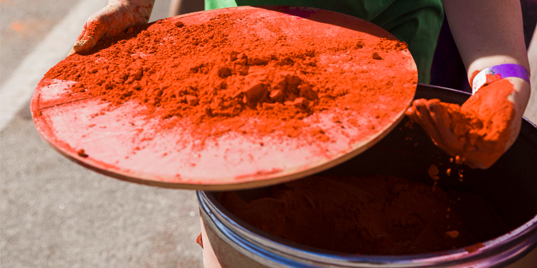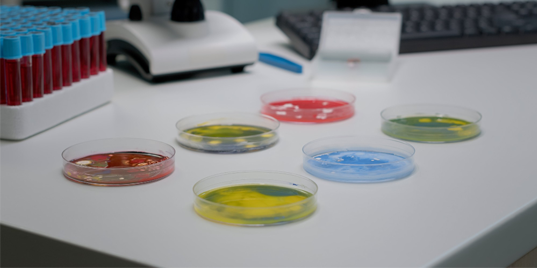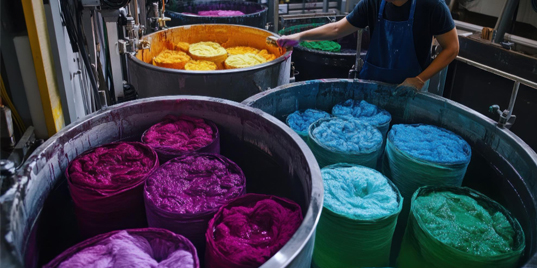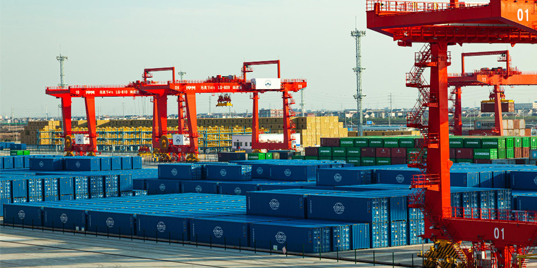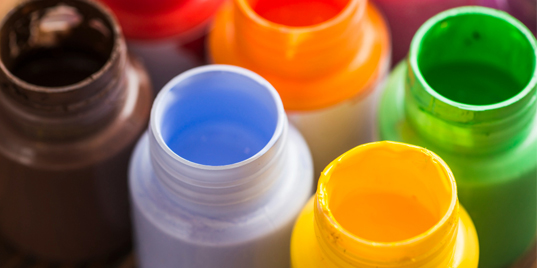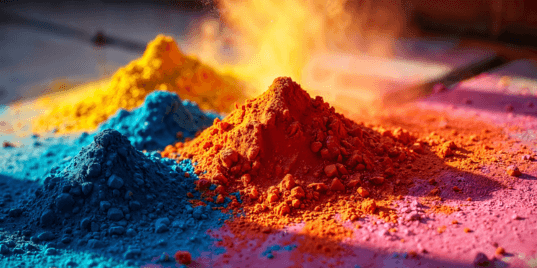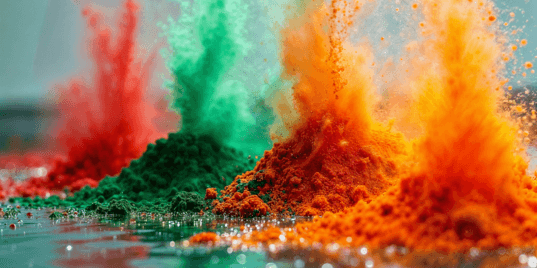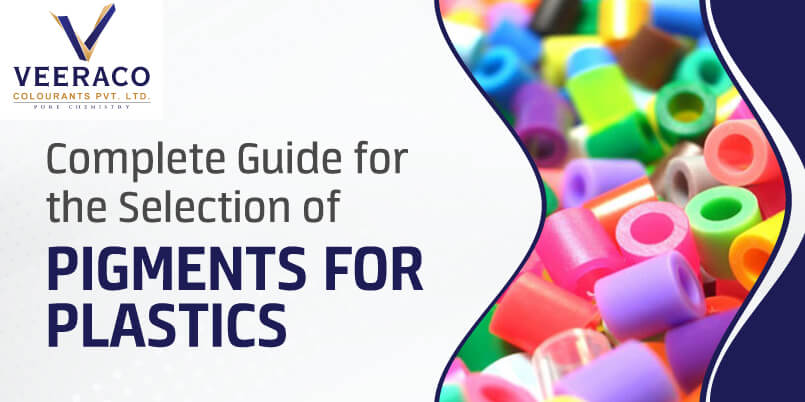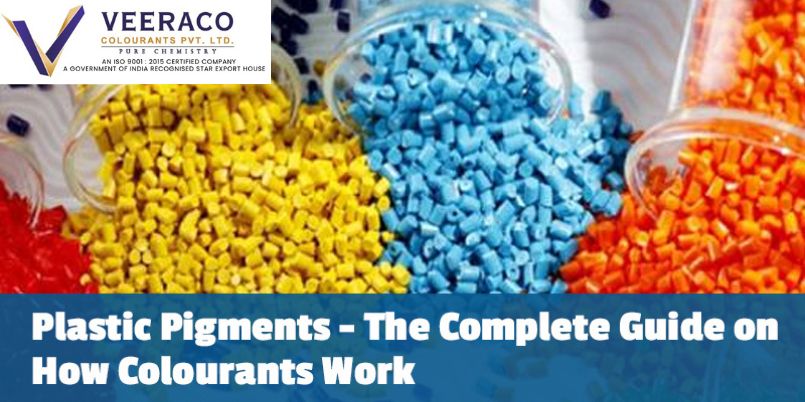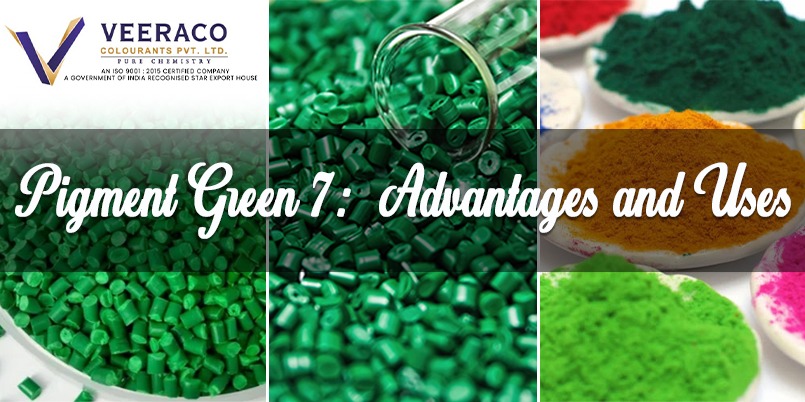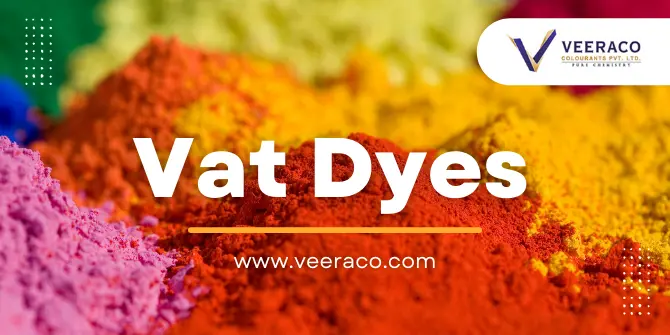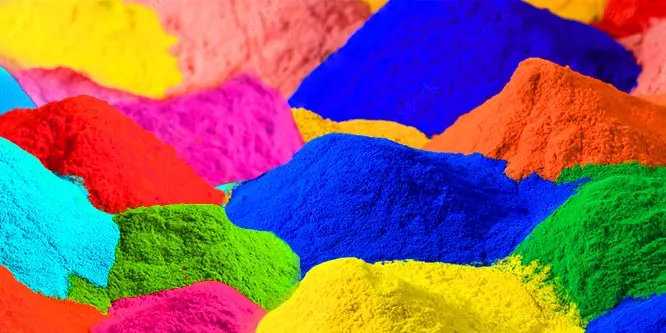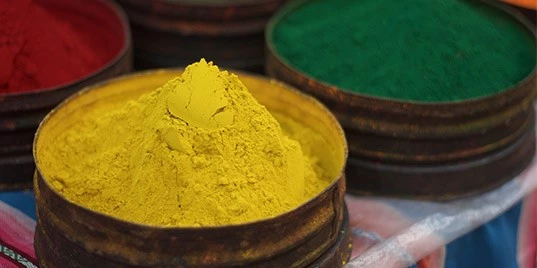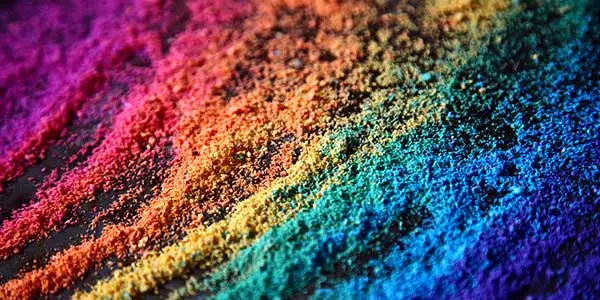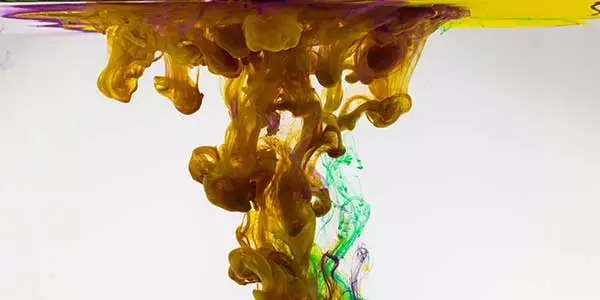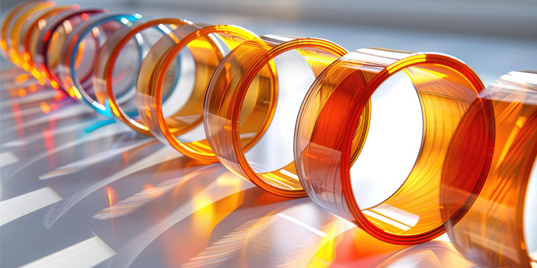
Optical Brighteners vs. Bleaching: What Paper Makers Need to Know
- Admin
- Oct 25, 2025
Optical Brighteners vs. Bleaching: What Paper Makers Need to Know
Optical brighteners, also known as fluorescent whitening agents (FWAs), play a crucial role in modern paper manufacturing. These specialized chemicals dramatically enhance paper whiteness and brightness, creating the brilliant white appearance consumers expect in premium papers. This comprehensive guide explores everything paper manufacturers need to know about optical brighteners, from chemistry and application to supplier selection.
Understanding Optical Brighteners: Chemistry and Mechanism
Optical brighteners don't actually whiten paper through traditional bleaching. Instead, they work through a fascinating optical phenomenon that creates the perception of enhanced whiteness.
What Are Optical Brighteners?
Optical brighteners are colorless to slightly yellow organic compounds that absorb ultraviolet light (invisible to human eyes) and re-emit it as visible blue-violet light. This fluorescent property compensates for the yellowish tint naturally present in paper, creating a brilliant white appearance.
The human eye perceives this blue-violet fluorescence combined with reflected white light as enhanced whiteness and brightness. Paper treated with optical brighteners appears "whiter than white" compared to untreated paper, even under identical lighting conditions.
Chemical Structure and Types
Most optical brighteners belong to several chemical classes including stilbene derivatives (most common for paper), coumarins, pyrazolines, benzoxazoles, and naphthalimides. Each class offers specific performance characteristics suitable for different applications.
Stilbene-based optical brighteners dominate paper applications due to excellent compatibility with cellulose fibers, high brightening efficiency, good light fastness, and cost-effectiveness. These compounds typically contain sulfonic acid groups providing water solubility necessary for paper processing.
How They Differ from Dyes and Bleaching Agents
Unlike dyes that impart color through selective light absorption, optical brighteners enhance perceived whiteness through fluorescence. Bleaching agents like chlorine or hydrogen peroxide remove colored contaminants through oxidation, while optical brighteners mask remaining yellowness through optical effects.
This distinction matters because optical brighteners complement rather than replace bleaching processes. Modern paper manufacturing typically combines chemical bleaching with optical brightener treatment for optimal whiteness.
Performance Under Different Lighting
Optical brightener performance varies with lighting conditions. Under daylight or fluorescent lighting rich in UV content, papers treated with optical brighteners appear exceptionally white and bright. Under incandescent lighting with minimal UV content, the brightening effect diminishes but remains noticeable.
This lighting dependence explains why premium papers sometimes appear differently white under various lighting conditions. High-quality optical brighteners maintain reasonable performance across diverse lighting environments.
Types of Optical Brighteners for Paper Applications
Direct Optical Brighteners
Direct optical brighteners possess affinity for cellulose fibers, substantively adhering during paper formation or surface sizing. These products apply directly to paper furnish or in size press applications without requiring mordants or other auxiliaries.
Application simplicity makes direct optical brighteners popular for commodity paper grades. They work effectively in alkaline papermaking systems increasingly common in modern mills.
Anionic Optical Brighteners
Anionic optical brighteners contain negatively charged sulfonic acid groups providing water solubility and fiber affinity. These products represent the dominant type for mechanical and chemical pulp-based papers.
Multiple sulfonic acid groups provide strong fiber substantivity, though this can create challenges with calcium or magnesium hardness in papermaking water. Proper water treatment prevents precipitation issues.
Cationic Optical Brighteners
Cationic optical brighteners carry positive charges, offering excellent substantivity particularly for mechanical pulps and recycled fibers. These specialized products suit applications where anionic brighteners perform inadequately.
Higher costs compared to anionic types limit cationic optical brighteners to specific applications where their unique properties justify premium pricing.
Liquid vs. Powder Formulations
Optical brighteners are available as powder or liquid formulations. Powder forms offer concentrated active ingredients with extended shelf life and lower transportation costs. However, they require dissolution and proper handling to avoid dust exposure.
Liquid formulations provide convenience through easy handling, simplified dosing systems, and immediate usability. Many paper mills prefer liquids despite higher costs for operational simplicity and safety benefits.
High-Performance Grades
Premium optical brighteners offer enhanced properties including superior light fastness, improved wet strength retention, reduced yellowing on aging, and better compatibility with coatings and sizing agents. These advanced products suit high-value paper grades where exceptional brightness retention justifies costs.
Paper Industry Applications
- Fine Printing and Writing Papers: Premium printing and writing papers demand maximum whiteness and brightness. These applications use substantial optical brightener levels achieving brightness values exceeding 100 ISO.
- Coated Papers: Used for magazines, catalogs, and commercial printing; optical brighteners in both base paper and coating formulations ensure high brightness.
- Tissue and Toweling: Provide the brilliant white appearance associated with cleanliness and quality while maintaining wet fastness.
- Newsprint and Mechanical Pulp Papers: Economically improve brightness for lower-grade papers containing lignin-rich pulps.
- Specialty Papers: Used for labels, decorative, and security papers, depending on specific functional or aesthetic requirements.
Application Methods and Dosing
- Beater/Pulper Addition: Ensures uniform distribution during pulp preparation.
- Headbox Addition: Added directly before sheet formation for improved efficiency.
- Size Press Application: Concentrates brightening near surface; allows independent control.
- Coating Color Addition: Enhances brightness for coated grades; requires compatibility with coating ingredients.
- Dosage Optimization: Typically 0.05–0.5% on dry paper weight; avoid overdosing for cost and aging stability.
Performance Testing and Quality Control
- Brightness Measurement: ISO 2470 standard at 457 nm wavelength for fluorescence efficiency.
- Whiteness and Tint: CIE whiteness and tint values for complete color perception.
- Fluorescence Measurement: Differentiates brightener effect from total reflectance.
- Light Fastness Testing: Ensures 90–95% brightness retention after exposure.
- Aging Studies: Accelerated thermal aging for archival paper stability.
Selection Criteria for Optical Brighteners
- Pulp Type Compatibility: Choose products suited for chemical, mechanical, or recycled pulps.
- Papermaking Chemistry: Ensure stability across pH and water hardness conditions.
- Cost-Performance Balance: Evaluate cost per brightness gain, not just unit price.
- Light Fastness Requirements: Match product performance with paper’s end use.
- Regulatory Compliance: Food-contact and eco-label compliance for sensitive applications.
- Supplier Technical Support: Essential for optimizing performance and troubleshooting.
Finding Reliable Suppliers for Optical Brighteners
- Manufacturing Capability: Evaluate technical expertise and quality systems.
- Product Portfolio: Choose suppliers offering diverse formulations (powder, liquid).
- Quality Consistency: Request batch data ensuring reproducibility.
- Technical Support: Look for application expertise and on-site guidance.
- Environmental Credentials: Prioritize sustainable practices and certifications.
- Competitive Pricing: Compare total value, not just cost per kg.
Indian Manufacturers of Optical Brighteners
- Manufacturing Capabilities: Modern facilities with export-oriented quality certifications.
- Cost Competitiveness: 20–30% cost advantage over developed markets.
- Technical Support: Local and global application assistance.
- Quality Standards: ISO-certified, REACH-compliant production with in-house testing.
Veeraco's Optical Brighteners for Paper Industry
Veeraco Colourants supplies optical brighteners globally for chemical, mechanical, and recycled pulp applications across diverse paper grades. With over 80 years of chemical manufacturing expertise, Veeraco ensures consistent quality, reliable supply, and responsive technical support.
Our ISO-certified facilities maintain international standards with comprehensive testing for every batch. Technical teams collaborate with mills to optimize optical brightener usage and solve specific challenges efficiently.
Environmental Considerations
- Biodegradability and Aquatic Safety: Modern formulations meet wastewater safety standards.
- Dosage Optimization: Minimizes environmental load while reducing cost.
- Alternative Brightening Technologies: Supplement mechanical and chemical improvements in pulp processing.
Conclusion
Optical brighteners remain indispensable in modern paper manufacturing, delivering the brilliant whiteness consumers expect while remaining cost-effective. Understanding their chemistry, application, and selection ensures optimal results and long-term quality.
Reliable suppliers like Veeraco Colourants provide consistent products, expert technical support, and competitive pricing that empower paper mills to meet global standards. Whether for fine papers, coated grades, or specialty applications, optical brighteners ensure superior brightness and whiteness defining premium paper products.

